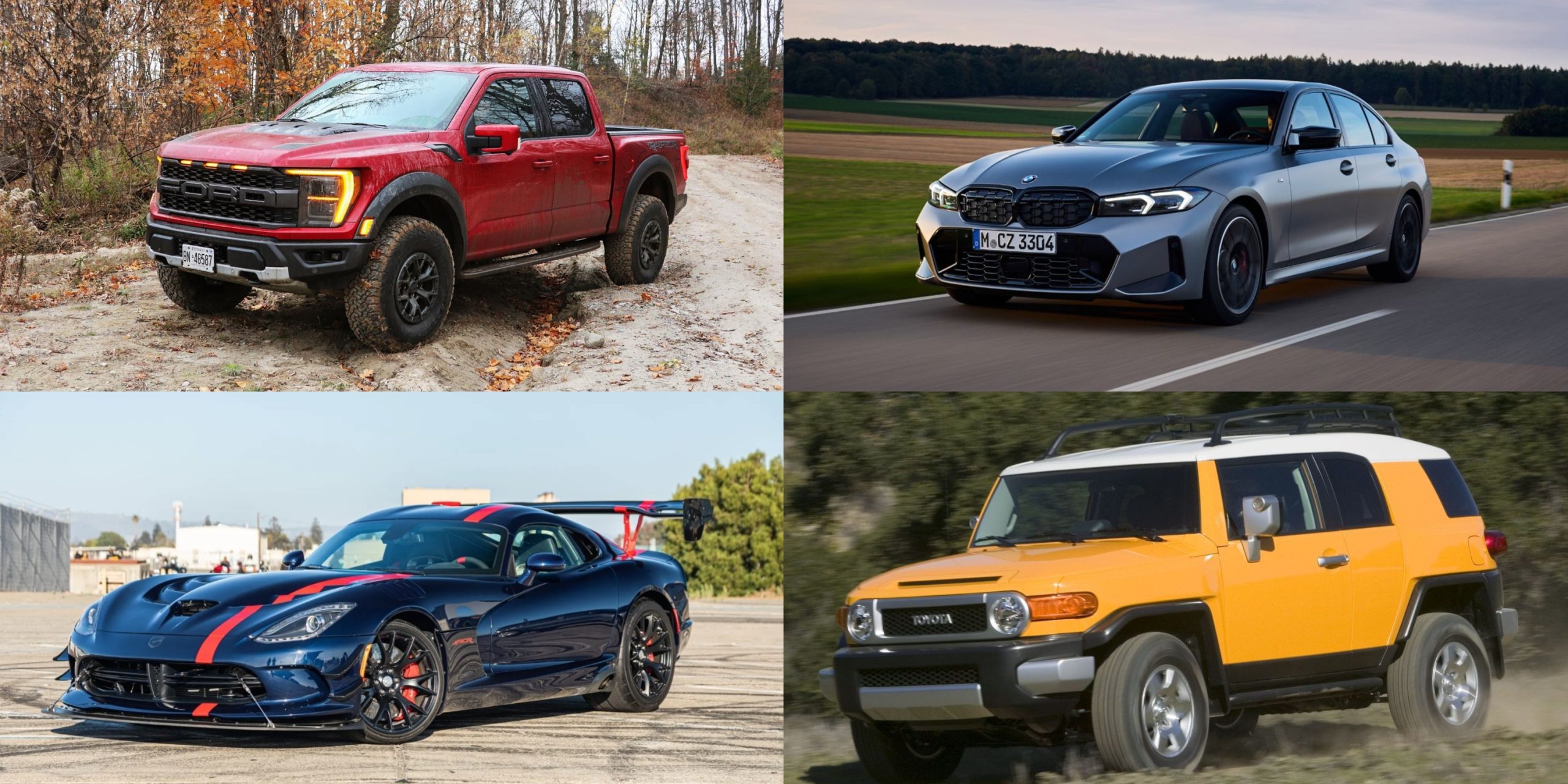The automotive world is constantly evolving, with manufacturers pushing boundaries to create cars that not only reflect the latest technology and design trends but also appeal to a changing market.
The most successful cars are often those that improve with each new generation, adapting to shifts in consumer preferences, safety standards, fuel efficiency, and technological advancements.
These cars undergo significant transformations to remain relevant and competitive, continuously meeting the needs of new generations of drivers while still staying true to their core identity.
On the flip side, some cars experience a meteoric rise in popularity only to falter in later years. These vehicles, while groundbreaking when they first debuted, failed to maintain their edge as competition increased and consumer expectations evolved
. Many of these cars peaked early, often due to design flaws, the inability to innovate, or simply not adapting to market changes in time.
This article will explore five cars that have continuously improved each generation, becoming better, more advanced, and more refined over time. In contrast, it will also highlight five cars that peaked early, experiencing a rise in popularity that could not be sustained.
We’ll examine the factors that contributed to their successes and failures and the lessons to be learned from both sides of the automotive evolution.
Cars That Improved Each Generation
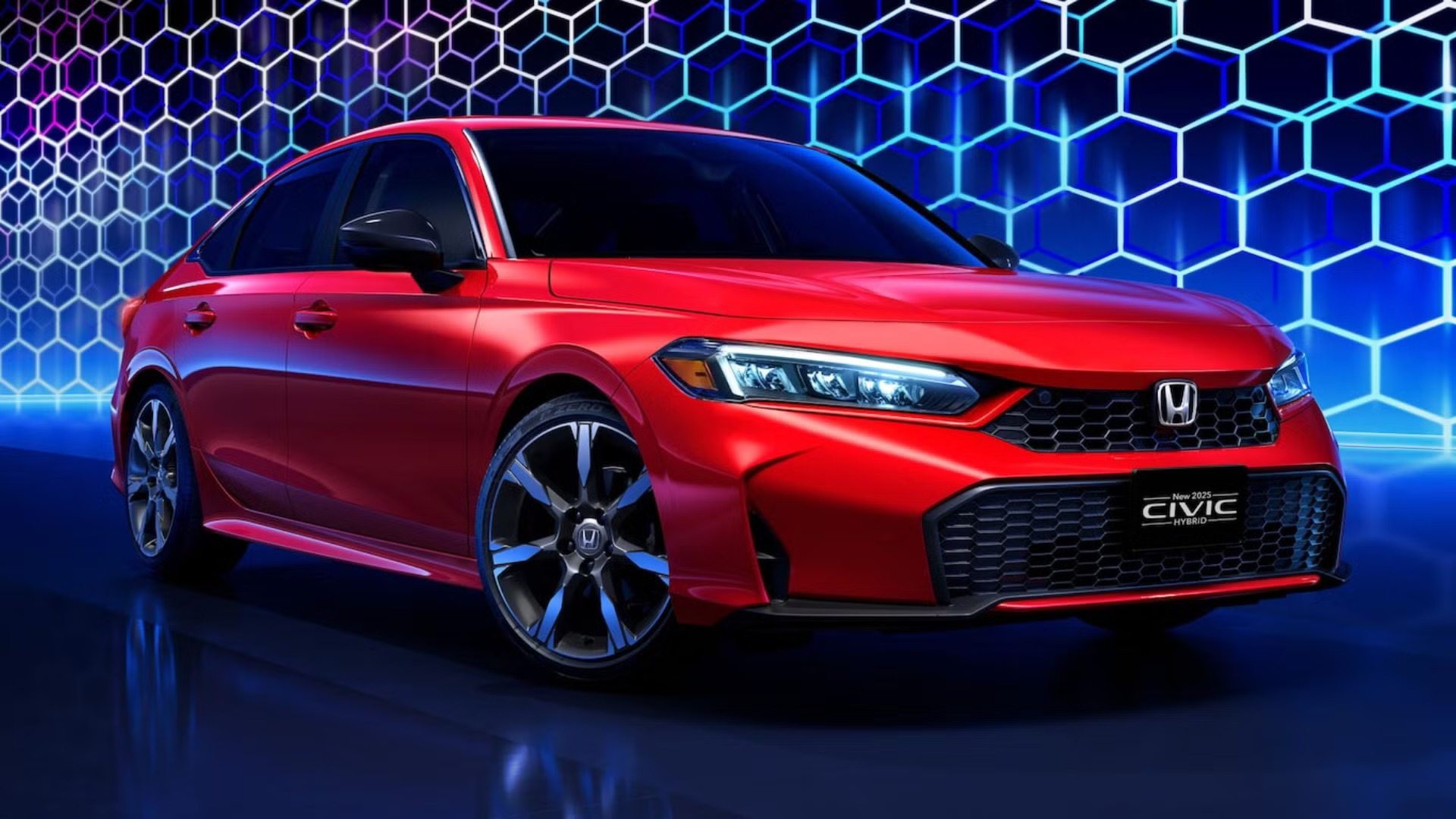
1. Honda Civic
The Honda Civic has been a quintessential nameplate in the compact car segment since its inception in 1972. It began as a modest, fuel-efficient vehicle aimed at the economical driver, but has continuously improved in both design and performance with each passing generation.
The early models of the Civic were basic but incredibly reliable, appealing primarily to those looking for a no-frills, cost-effective car.
As time went on, Honda began to innovate, introducing more advanced features such as fuel-efficient engines, improved safety features, and updated designs.
The Civic evolved into a more stylish, sporty compact car in the 1990s, and the introduction of the Civic Si and Civic Type R further cemented its reputation as a performance-oriented yet practical vehicle.
The 2000s saw the introduction of hybrid models, providing an eco-friendly option that still offered the reliability Honda was known for.
In the most recent generations, the Civic has continued to improve with modern technology, cutting-edge infotainment systems, advanced safety features, and stylish designs that cater to a broader range of consumers.
The latest Civic models are not only fuel-efficient and reliable but also packed with tech, offering a premium feel at an affordable price point. The Civic’s constant ability to adapt and improve while retaining its core values has made it one of the most successful compact cars ever produced.

2. Ford F-150
The Ford F-150, a dominant player in the full-size pickup truck segment, has continually evolved and improved with each new generation.
Launched in 1948 as part of Ford’s F-Series, the F-150 quickly became synonymous with toughness, reliability, and versatility. Early models were simple and utilitarian, designed primarily for hard-working individuals who needed a truck that could handle a variety of tasks.
Over time, the F-150’s evolution saw it become more comfortable, more efficient, and more technologically advanced. In the 1980s and 1990s, Ford began incorporating modern features like air conditioning, more comfortable interiors, and improved towing capabilities.
The introduction of the aluminum-bodied F-150 in 2015 was one of the most significant innovations in the pickup truck market, drastically reducing the vehicle’s weight and improving fuel efficiency without sacrificing strength or durability.
Each generation of the F-150 has seen advancements in powertrain options, safety technology, and interior comforts. From high-tech infotainment systems to advanced driver assistance features, the Ford F-150 remains at the top of its class, maintaining its position as the best-selling truck in America for decades.
Ford’s commitment to continuous innovation has ensured that the F-150 evolves with consumer needs while retaining its rugged, hardworking roots.
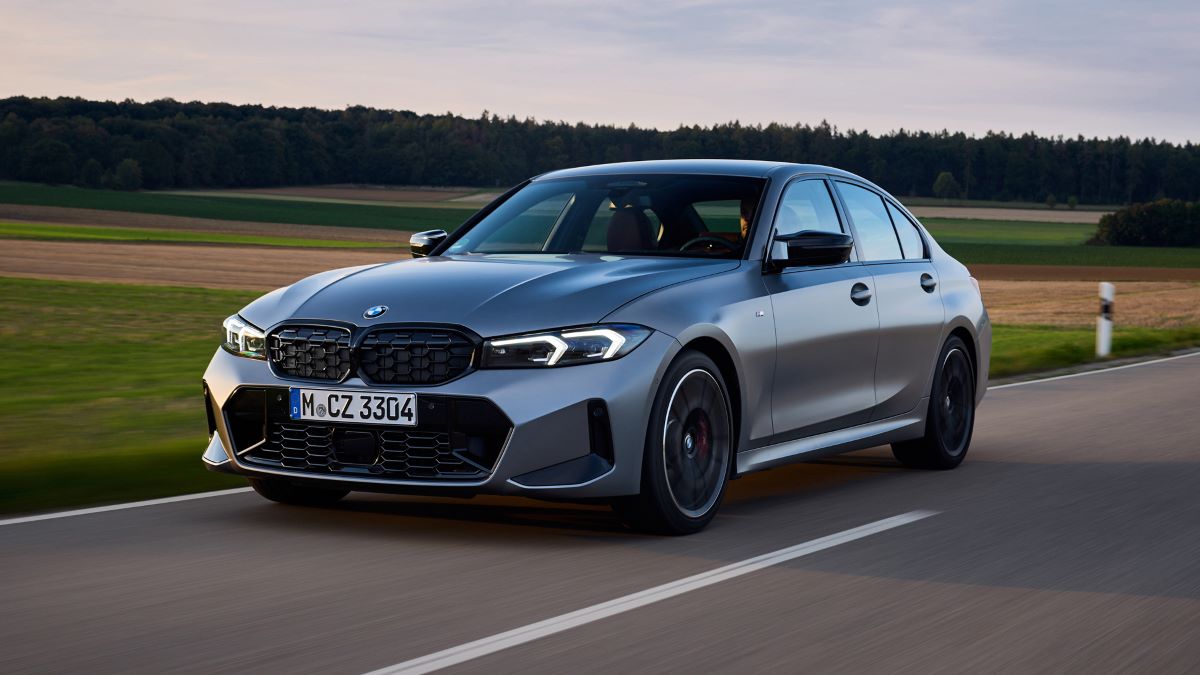
3. BMW 3 Series
Since its debut in 1975, the BMW 3 Series has been one of the most iconic and successful luxury sedans in automotive history. The 3 Series set the standard for driving dynamics, offering a combination of performance, luxury, and practicality that made it a favorite among driving enthusiasts and everyday consumers alike.
In the beginning, it was a small, compact sedan that appealed to those looking for a high-performance vehicle without compromising on comfort.
As the years progressed, the 3 Series grew both in size and refinement. BMW continually updated the car with better engines, improved handling, and more advanced technology. The introduction of all-wheel drive, hybrid models, and a range of body styles (including coupe and wagon versions) helped broaden the 3 Series’ appeal.
One of the most remarkable improvements in recent generations has been the integration of cutting-edge technology. The latest models feature a state-of-the-art infotainment system, advanced driver-assistance systems, and enhanced connectivity options.
The driving experience has also been refined, with BMW focusing on providing a perfect balance of sporty handling and everyday comfort.
With each new generation, the 3 Series has kept pace with both technological advancements and shifting consumer expectations, ensuring that it remains a leader in the luxury sedan market.
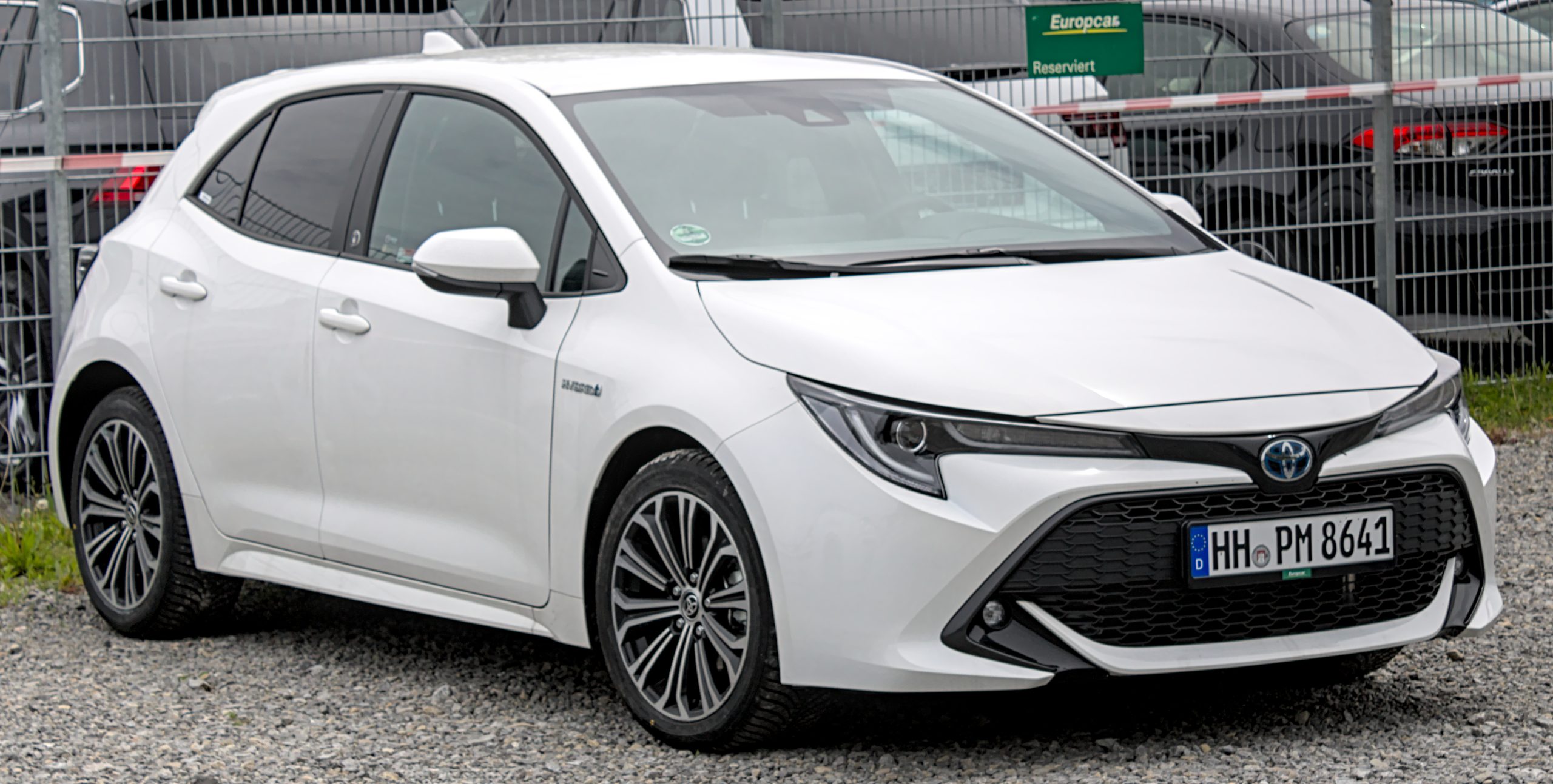
4. Toyota Corolla
Introduced in 1966, the Toyota Corolla has become one of the best-selling cars of all time, thanks to its combination of affordability, reliability, and practicality.
The early models were basic, offering little in terms of luxury or technology, but they were incredibly reliable and fuel-efficient, making them popular with cost-conscious consumers. The Corolla quickly became a symbol of Toyota’s commitment to producing high-quality, low-maintenance vehicles.
As the years went on, the Corolla’s design evolved, becoming more modern and stylish while still retaining its reputation for durability. In the 1990s and 2000s, Toyota began adding more features to the Corolla, including improved interiors, better safety systems, and enhanced fuel efficiency.
Hybrid models and advanced tech features were introduced in the 2010s, further increasing the Corolla’s appeal to a broader audience.
The current generation of the Corolla is more sophisticated than ever before, offering a range of tech-driven features, advanced safety systems, and improved fuel economy.
The addition of the sportier Corolla hatchback variant and the continued availability of hybrid powertrains make the Corolla a more versatile and appealing option for consumers who want a reliable, eco-friendly, and stylish vehicle.
Toyota’s commitment to improving the Corolla with each generation has made it a benchmark in the compact car segment.

5. Porsche 911
The Porsche 911 has been in production since 1964, and with each new iteration, it continues to improve. From its original design, the 911 quickly became known for its distinctive shape, rear-engine layout, and exceptional driving performance.
In the early years, the 911 was a two-door sports car that focused on providing a thrilling driving experience, with a minimalist yet elegant design.
Over the decades, Porsche refined the 911’s performance capabilities, introducing new engine options, including turbocharged variants, and improving its handling and suspension systems.
Technological advancements, such as the introduction of dual-clutch transmissions, adaptive suspension systems, and more advanced infotainment, have kept the 911 competitive in the sports car market.
Porsche also enhanced the 911’s interior, making it more luxurious and comfortable without compromising on performance.
The latest 911 models are equipped with the latest technology, superior handling, and a range of powerful engine options.
The car retains its iconic design while offering modern refinements that appeal to both purists and those looking for a high-performance sports car with cutting-edge features.
The 911’s continuous improvement, both in performance and luxury, has solidified its status as one of the greatest sports cars ever made.
Cars That Peaked Early
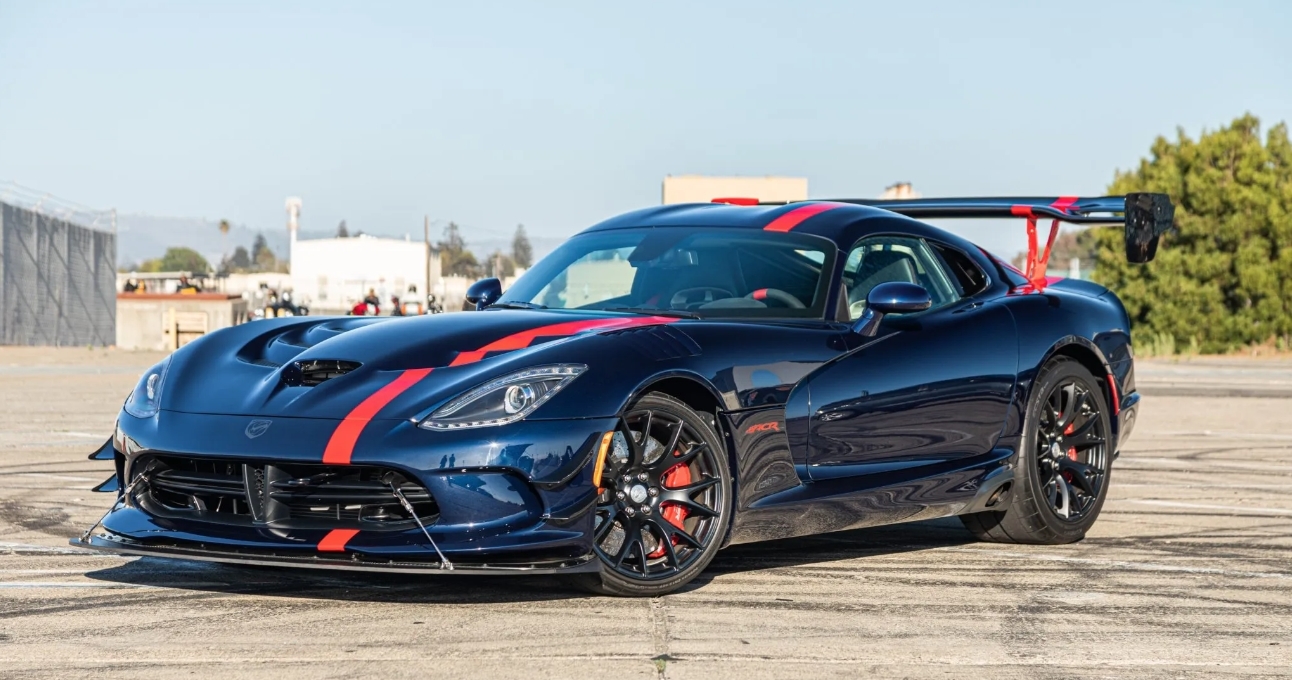
1. Dodge Viper
The Dodge Viper was introduced in 1992 as a high-performance sports car that would compete with European supercars. With its bold design, powerful V10 engine, and raw driving experience, the Viper quickly gained a cult following among car enthusiasts.
For a time, it was a symbol of American muscle and a direct challenger to the likes of the Chevrolet Corvette and European exotics.
However, while the Viper was an exciting car, it never fully refined the formula that made it so attractive. It was often criticized for its lack of refinement, uncomfortable ride, and limited safety features.
Despite having incredible performance, it didn’t quite evolve to meet the demands of a wider audience. As a result, it struggled to gain widespread appeal.
The Viper was discontinued in 2017 after a brief revival in the 2000s, unable to reach the same level of success as other iconic sports cars.
The Dodge Viper is a classic example of a car that peaked early due to its incredible initial impact, but couldn’t maintain its success without more refinement and innovation.

2. Chevrolet SSR
The Chevrolet SSR, produced from 2003 to 2006, was an attempt by Chevy to bring a retro-styled convertible pickup truck to market.
With its throwback design to the 1940s and 1950s, the SSR garnered attention for its bold looks and unique concept. The car’s V8 engine and open-top design made it an exciting choice for those looking for a fun, stylish vehicle.
However, the SSR’s niche appeal limited its success. Despite the initial buzz, the truck failed to offer the practicality or functionality expected from a pickup, and its retro design quickly felt outdated.
Additionally, the vehicle was plagued by production issues and poor fuel economy. After a short run, Chevrolet discontinued the SSR, making it an example of a car that peaked early without maintaining its initial momentum.
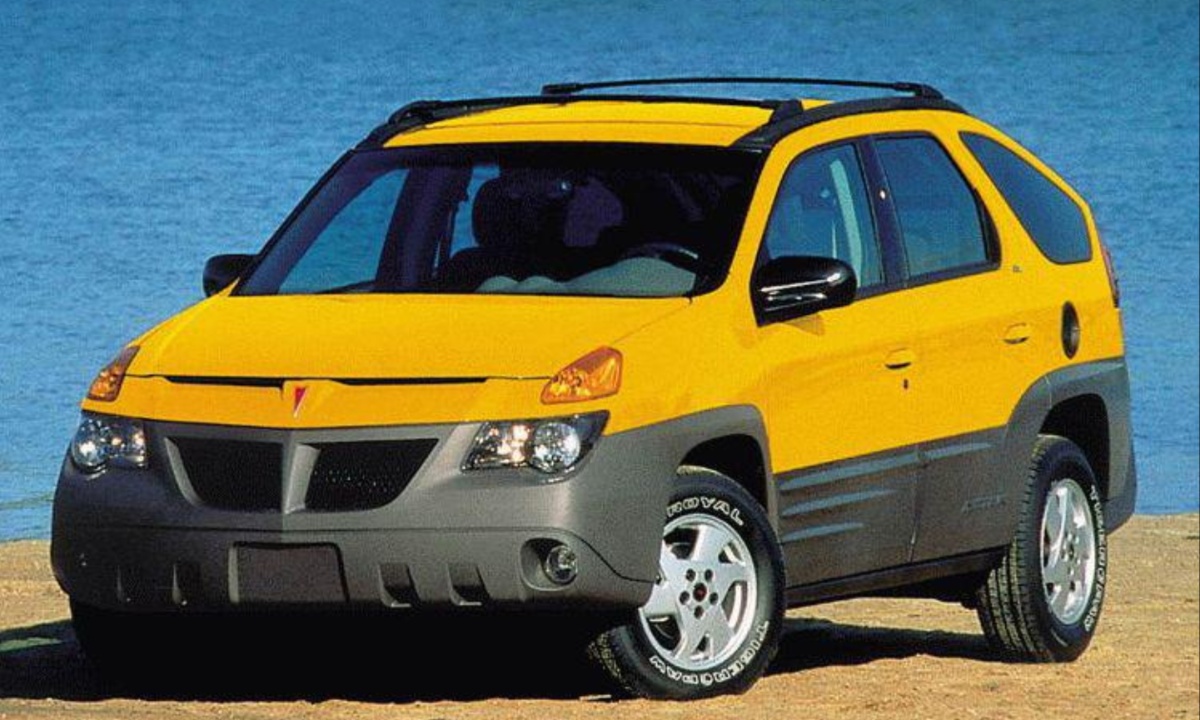
3. Pontiac Aztek
The Pontiac Aztek, introduced in 2001, is often cited as one of the most polarizing vehicles in automotive history. With its bold, unconventional design, the Aztek generated a lot of attention, but not for the right reasons. Its boxy shape and odd proportions made it one of the most disliked vehicles of its time.
Despite attempts to market it as a versatile and functional crossover, the Aztek’s appearance overshadowed its practicality. It failed to resonate with consumers and quickly became an automotive joke, despite its decent interior space and features.
After just a few years in production, the Aztek was discontinued, making it a classic example of a car that peaked early and failed to evolve.
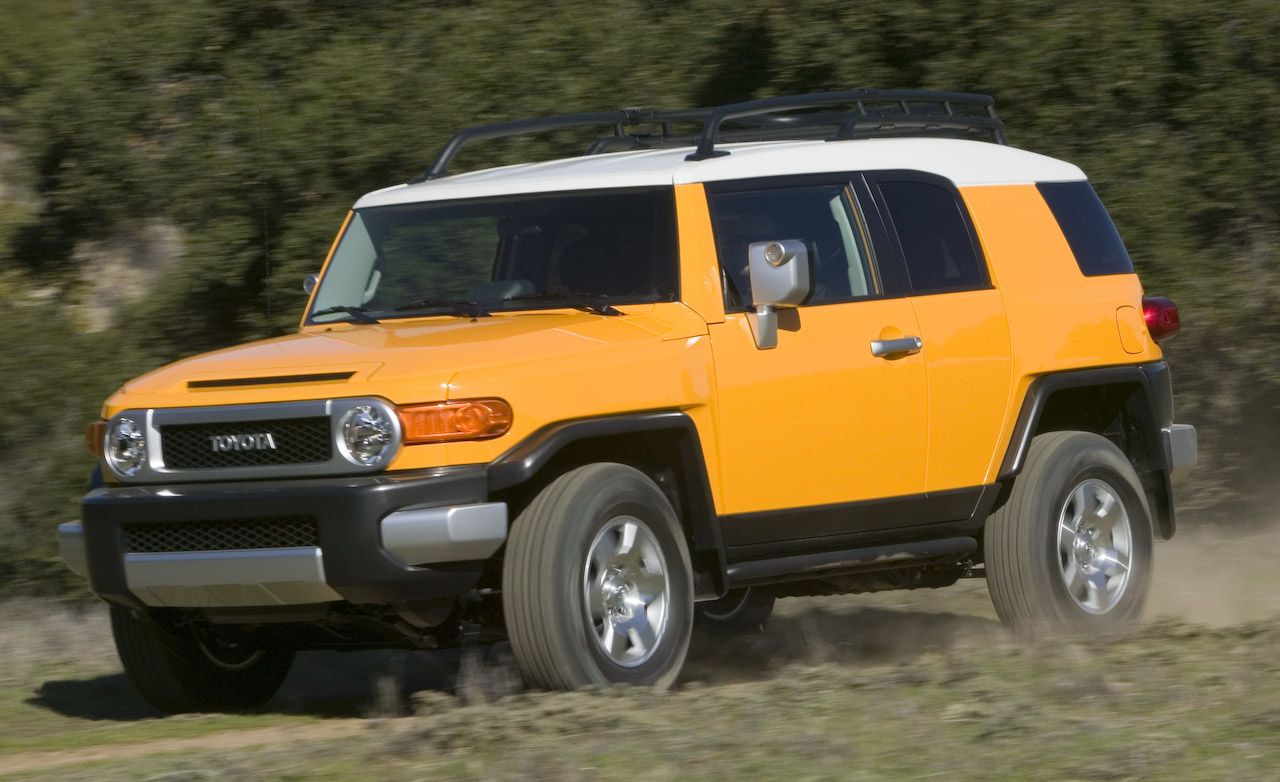
4. Toyota FJ Cruiser
The Toyota FJ Cruiser was a retro-styled SUV inspired by the iconic Toyota Land Cruiser FJ40. Launched in 2006, the FJ Cruiser was initially well-received due to its bold design, off-road capabilities, and retro appeal.
It offered a rugged alternative to the more refined SUVs on the market, and its unique styling drew attention.
However, the FJ Cruiser struggled to maintain its appeal as the market shifted toward more practical, fuel-efficient, and modern SUVs. Its limited rear-seat space and poor visibility made it less appealing to family buyers, and Toyota discontinued it in 2014.
Despite its off-road prowess, the FJ Cruiser peaked early, unable to maintain relevance in an evolving automotive landscape.

5. Nissan 350Z
The Nissan 350Z was a high-performance sports car introduced in 2002, bringing back the Z-car lineage after a hiatus. The 350Z was praised for its sharp handling, aggressive styling, and powerful V6 engine, making it a hit among driving enthusiasts.
It was positioned as a more affordable alternative to European sports cars, offering great value for money.However, despite its initial success, the 350Z’s appeal began to fade over time.
The design became dated, and newer competitors, such as the Subaru BRZ and Mazda MX-5, began offering more modern, refined experiences. The 350Z was eventually replaced by the 370Z, but its early peak showed that the car could not keep up with evolving market trends, leading to a decline in its popularity.
The automotive world is marked by constant change, and cars that improve with each generation stand out for their ability to adapt to the evolving needs of consumers and technological advancements.
Vehicles like the Honda Civic and Ford F-150 have proven that innovation, refinement, and the ability to listen to consumer demands are key to long-term success.
On the other hand, cars like the Dodge Viper and Pontiac Aztek remind us that even the most exciting and groundbreaking vehicles can falter if they fail to evolve and adapt.

